Flies (Diptera)
Mosquitoes
CulicidaeAdult Mosquitoes feed on plant nectar and juices, but are not significant pollinators except of some orchids. Females require a blood meal for egg development. They are attracted to carbon dioxide in animal breath, and feed on amphibians, birds, reptiles, and mammals (including humans). They can carry diseases such as malaria, yellow fever, dengue fever, and encephalitis. Larvae feed on algae, protozoans, organic debris, and sometimes other mosquito larvae.
Representative Genera and Species:
Aedes nigripes
Pollinator Life Cycle:
One to several generations may be produced annually. Females lay clusters of 50-200 eggs, usually on the surface of standing water or above the waterline in areas that tend to flood. The eggs over-winter, hatching in the spring. Length of larval development depends on species and temperature, and pupation usually lasts less than a week. Adults emerge at the water surface.
Rarity Status:
Not rare. Some species are listed as “sensitive” or “exotic” in parts of their range.
Physical Appearance:
These are small (3-15 mm long), delicate flies. They have scales on their wing veins, most of their body, and their long, thin legs. Their slender proboscis is much longer than their small head, and is particularly fine and needle-like in females. Antennae have six or more segments, and are feathery on males.
Pollinator Habitat:
Larvae and pupae are aquatic, most often in standing water including: temporary pools, water in discarded containers, swamps, marshes, rain puddles, snowmelt pools, and tree holes. Sometimes found in very slow moving streams or brooks.
Canadian Distribution:
- Alberta
- British Columbia
- Manitoba
- New Brunswick
- Newfoundland/Labrador
- Northwest Territories
- Nova Scotia
- Nunavut
- Ontario
- Prince Edward Island
- Quebec
- Saskatchewan
- Yukon
Prairie Types:
- Fescue Prairie
- Mixed Grass Prairie
- Tall Grass Prairie






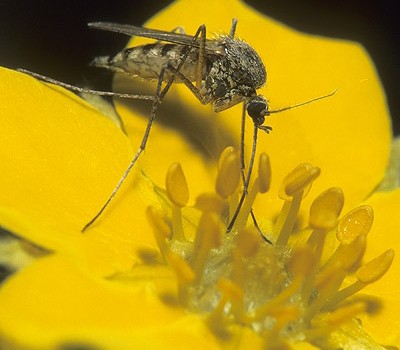
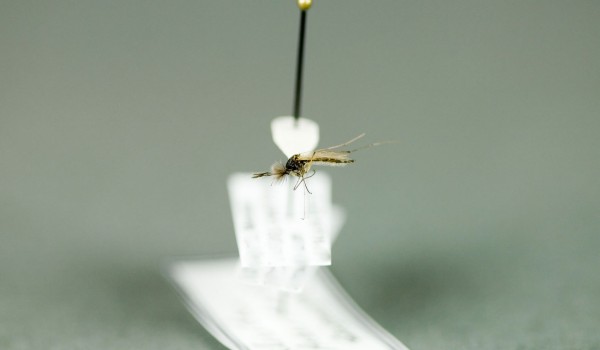
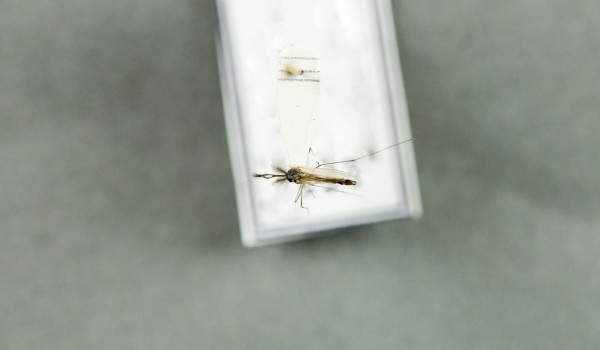
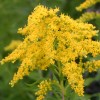 Canada Goldenrod
Canada Goldenrod 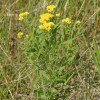 Flat-top Goldenrod
Flat-top Goldenrod 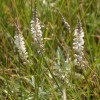 Seneca Snakeroot
Seneca Snakeroot 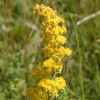 Showy Goldenrod
Showy Goldenrod